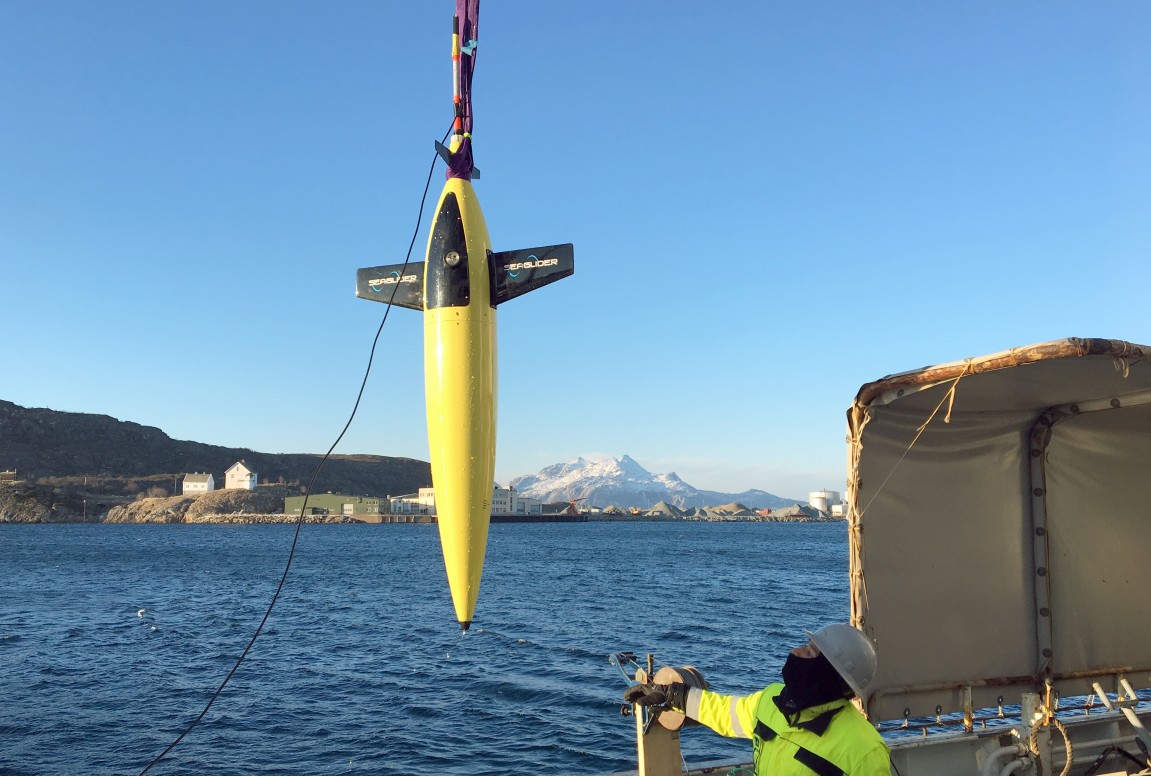

- #FIRST HANG GLIDER NORWEGIAN NAVRESTAD MOVIE#
- #FIRST HANG GLIDER NORWEGIAN NAVRESTAD SERIES#
- #FIRST HANG GLIDER NORWEGIAN NAVRESTAD TV#

In 1961, Engineer Thomas Purcell built a towable Rogallo-wing glider with an aluminum frame, wheels, a seat and basic control rods soon he replaced the wheels for floats and motorized the aircraft. The crucial developments put together by the Paresev engineers, Barry Palmer, John Dickenson, Bill Bennett, Bill Moyes, Richard Miller, and then hundreds of other innovators gave success to the flexible-wing hang glider. In addition, the flexible wing lends itself to design changes for possible improvements. Dickenson's adaptation and innovations eventually produced a foldable hang glider that dramatically reduced difficulty in control, storage, transport, assembly and repair. Profit to manufacturers of hang gliders and Rogallo-winged hang gliders came once organized and insured sporting events grew in popularity. įrancis Rogallo, Barry Palmer, John Dickenson, and others never made any money out of their innovations.
#FIRST HANG GLIDER NORWEGIAN NAVRESTAD MOVIE#
In 1972, Popular Mechanics and Popular Science magazines published articles on hang gliding which further increased its popularity, as the Sky Raiders hang gliding movie released in 1975. Australian manufacturers like Bill Bennett and Bill Moyes, actively developed and marketed Dickenson's innovations to the world, which significantly fueled the hang glider revolution.Īlthough by the early 1970s many rigid wings were developed, none sold well, while dozens of flexible-wing hang glider companies were springing up worldwide, building variants of Dickenson's Ski Wing. The Ski Wing kite was first kited in public at the Grafton Jacaranda Festival in September 1963 by Rod Fuller while towed behind a motorboat. Dickenson's Ski Wing turned out to be stable and controllable under tow, unlike the flat manned kites used at water ski shows. Dickenson fashioned a water ski kite airframe to fit on a Rogallo airfoil where the pilot sat on a swinging seat while the control frame and wire bracing distributed the load to the wing as well as gave a frame freedom to be pushed/pulled for weight-shift control. Spratt simple triangle control bar or A-frame with single-point pendulum weight-shift control.Īn influence through John Dickenson's duplication of his device, who named his flexible-wing ski-kite the Ski Wing. Dickenson, made ski-kites and eventually partnered with Mike Burns to improve the ski-kite he formatted a ski-kite that used what could be found in the 1929 George A. A fellow countryman of Mike Burns, John W. An Australian engineer Mike Burns developed and used the boat-towed Rogallo-airfoiled SkiPlane starting in 1962 through the 1960s.
#FIRST HANG GLIDER NORWEGIAN NAVRESTAD TV#
Publicity from the Fleep and the Paresev tests sparked interest in the design among several tinkerers, including Barry Palmer, and Sport Aviation of 1962 shown Jim Hobson of Experimental Aircraft Association (wing shown on US national TV in Lawrence Welk Show in 1962). Some modern Rogallo flexible-winged aircraftĪ crucial development toward the trike was introduction of several mechanical innovations developed by the Paresev and the Fleep engineers they proved the Rogallo wing suitable for free-flight gliding, powered and unpowered, and for safe landing.


The challenge then, was to modify and fit a Rogallo flexible wing with an appropriate frame to allow it to be used as a hang glider. By 1967, all Para Wing projects were dropped by NASA in favor of using round parachutes without officially considering development of personal ultralight gliders, but the airfoil's simplicity of design and ease of construction, along with its capability of slow flight and its gentle landing characteristics, did not go unnoticed by hang glider enthusiasts. By 1960, NASA had already made test flights of a powered heavily framed cargo aircraft called the Ryan XV-8 or Fleep (short for 'Flying Jeep') and by March 1962, of a weight-shift experimental glider called Paresev. This mainly involved stabilizing the leading edges with compressed air beams or rigid structures like aluminum tubes. Rogallo's team adapted and extended the totally flexible principle into semi-rigid variants.
#FIRST HANG GLIDER NORWEGIAN NAVRESTAD SERIES#
In 1957, Rogallo released his patent to the government and with his help at the wind tunnels, NASA began a series of experiments testing Rogallo's wing – which was renamed Para Wing – in order to evaluate it as a recovery system for the Gemini space capsules and recovery of used Saturn rocket stages. On 1948, engineer Francis Rogallo invented a self-inflating wing which he patented on March 20, 1951, as the Flexible wing. The history of the trike is traced back to the invention of Francis Rogallo's flexible wing and subsequent development by the Paresev engineering team's innovations and then others. Main page: Engineering:History of hang gliding 'Standard' flexible-wing hang glider, based on variants of the Rogallo-wing aircraft, 1975.


 0 kommentar(er)
0 kommentar(er)
